Home>Furniture & Design>Bathroom Accessories>How To Get A Toilet Seat White Again


Bathroom Accessories
How To Get A Toilet Seat White Again
Modified: October 18, 2024
Learn effective methods to restore the white color of your toilet seat with the best bathroom accessories. Say goodbye to stains and discoloration!
(Many of the links in this article redirect to a specific reviewed product. Your purchase of these products through affiliate links helps to generate commission for Storables.com, at no extra cost. Learn more)
Introduction
A pristine white toilet seat can instantly elevate the overall look and feel of a bathroom. However, over time, these essential fixtures can become discolored, detracting from the cleanliness and aesthetics of the space. Whether due to mineral deposits, hard water stains, or other factors, discoloration can be a common issue. Fortunately, there are effective methods for restoring a toilet seat to its original white brilliance.
In this comprehensive guide, we will explore the causes of discoloration, practical cleaning and disinfecting techniques, natural remedies for stain removal, and preventive measures to maintain the pristine appearance of your toilet seat. By understanding the root causes and implementing the right strategies, you can achieve a sparkling white toilet seat that enhances the overall appeal of your bathroom.
Let's delve into the various factors that contribute to discoloration and the steps you can take to address this common issue. Whether you're dealing with stubborn stains or simply seeking to maintain the cleanliness of your toilet seat, this guide will equip you with the knowledge and techniques needed to achieve a white, spotless toilet seat.
Key Takeaways:
- Say goodbye to toilet seat discoloration! Combat hard water stains, chemical reactions, and microbial growth with gentle cleaning, natural remedies, and proactive maintenance. Keep your toilet seat sparkling white and hygienic.
- Keep your toilet seat pristine! Use natural remedies like baking soda, vinegar, lemon juice, and hydrogen peroxide to remove stubborn stains. Prevent future discoloration with regular cleaning, gentle products, and proper ventilation.
Read more: How To Get My Toilet Bowl White Again
Understanding the Causes of Discoloration
The discoloration of a toilet seat can be attributed to various factors, each contributing to the gradual loss of its pristine white appearance. Understanding these causes is crucial in effectively addressing the issue and preventing future discoloration. Here are the primary factors that lead to the discoloration of toilet seats:
-
Hard Water Stains: One of the most common culprits behind toilet seat discoloration is hard water. When water with high mineral content comes into contact with the toilet seat, it can leave behind unsightly stains. Over time, these mineral deposits can accumulate, resulting in a yellowish or brownish discoloration.
-
Chemical Reactions: Harsh cleaning products containing bleach or ammonia can react with the materials of the toilet seat, leading to discoloration. Additionally, the use of abrasive cleaners or scouring pads can cause scratches and damage, further exacerbating the discoloration.
-
Age and Wear: As toilet seats age, the materials may degrade, leading to a change in color. Constant use, exposure to moisture, and the accumulation of grime can all contribute to the gradual discoloration of the seat.
-
Microbial Growth: The moist and warm environment of the bathroom provides an ideal breeding ground for bacteria, mold, and mildew. These microorganisms can thrive on the surface of the toilet seat, leading to discoloration and unpleasant odors.
By recognizing these underlying causes of discoloration, you can tailor your cleaning and maintenance efforts to effectively address each factor. Whether it involves combating hard water stains, avoiding harsh chemicals, or implementing preventive measures against microbial growth, understanding the root causes of discoloration is the first step toward restoring and maintaining the pristine white appearance of your toilet seat.
Cleaning and Disinfecting the Toilet Seat
Maintaining a clean and hygienic toilet seat is essential for both the appearance and overall sanitation of your bathroom. Regular cleaning and disinfecting not only remove visible stains and discoloration but also eliminate harmful bacteria and germs. Here's a comprehensive guide to effectively clean and disinfect your toilet seat:
Step 1: Gather the Necessary Supplies
Before you begin, gather the essential cleaning supplies, including rubber gloves, a mild liquid detergent or dish soap, a non-abrasive sponge or cloth, and a disinfectant cleaner. It's important to choose cleaning products that are safe for the material of your toilet seat to avoid causing further damage or discoloration.
Step 2: Pre-Cleaning Inspection
Start by inspecting the toilet seat for any visible stains, grime, or discoloration. Identify areas that require special attention, such as hard water stains or microbial growth. This pre-cleaning inspection allows you to tailor your cleaning approach to effectively address specific issues.
Read more: How To Get Carpet White Again
Step 3: Cleaning the Surface
Using a mild liquid detergent or dish soap, dilute it in warm water to create a gentle cleaning solution. Apply the solution to the toilet seat surface and gently scrub with a non-abrasive sponge or cloth. Focus on areas with visible stains or discoloration, ensuring thorough coverage of the entire surface.
Step 4: Disinfecting for Hygiene
After cleaning the surface, it's crucial to disinfect the toilet seat to eliminate harmful bacteria and germs. Use a disinfectant cleaner specifically formulated for bathroom surfaces. Follow the manufacturer's instructions for application and contact time to ensure effective disinfection.
Step 5: Rinse and Dry
Once the cleaning and disinfection process is complete, rinse the toilet seat thoroughly with clean water to remove any residue from the cleaning products. Use a clean, dry cloth to wipe the surface and ensure it is completely dry. Proper drying helps prevent water spots and maintains the pristine appearance of the toilet seat.
Step 6: Regular Maintenance
To maintain a clean and white toilet seat, establish a regular cleaning schedule. Wipe down the seat with a mild detergent and disinfectant at least once a week, or more frequently if necessary. Promptly address any spills or stains to prevent them from becoming stubborn discolorations.
By following these steps and incorporating regular cleaning and disinfecting into your bathroom maintenance routine, you can effectively remove stains, discoloration, and harmful germs from your toilet seat. This not only enhances the visual appeal of your bathroom but also promotes a hygienic environment for you and your family.
Read more: How To Get Bathtub White Again
Using Natural Remedies for Stain Removal
When it comes to removing stubborn stains and discoloration from a toilet seat, natural remedies can be highly effective and environmentally friendly. These remedies utilize common household ingredients known for their stain-fighting and cleansing properties. Here are several natural remedies that can help restore the pristine white appearance of your toilet seat:
1. Baking Soda Paste
Baking soda is renowned for its gentle abrasive properties, making it an excellent natural cleaner for removing stains from various surfaces, including toilet seats. To create a baking soda paste, mix baking soda with a small amount of water to form a thick, spreadable consistency. Apply the paste to the stained areas of the toilet seat and let it sit for about 15-20 minutes. Then, gently scrub the surface with a non-abrasive sponge or cloth before rinsing it off with water. The mild abrasive action of baking soda helps lift and remove stains without causing damage to the toilet seat.
2. Vinegar Solution
Vinegar, particularly white vinegar, is a versatile natural cleaner that can effectively combat hard water stains and mineral deposits on a toilet seat. Create a solution by mixing equal parts of white vinegar and water in a spray bottle. Spray the solution onto the stained areas of the toilet seat and let it sit for approximately 30 minutes to an hour, allowing the acidic properties of the vinegar to break down the stains. Afterward, use a sponge or cloth to gently scrub the surface before rinsing it thoroughly with water. Vinegar not only helps remove stains but also acts as a natural disinfectant, eliminating bacteria and germs.
3. Lemon Juice and Salt
Lemon juice, combined with salt, forms a potent natural cleaning solution that can effectively tackle tough stains and discoloration. Sprinkle a generous amount of salt onto the stained areas of the toilet seat, then squeeze fresh lemon juice over the salt. The acidic nature of the lemon juice, combined with the abrasive texture of the salt, creates a powerful stain-removing combination. Allow the mixture to sit for about 30 minutes before gently scrubbing the surface with a sponge or cloth. Finally, rinse the seat thoroughly with water to reveal a refreshed, white appearance.
Read more: Where To Get A Raised Toilet Seat
4. Hydrogen Peroxide
Hydrogen peroxide is a mild bleaching agent that can help lighten and remove stubborn stains from a toilet seat. Apply hydrogen peroxide directly to the stained areas and let it sit for approximately 15-20 minutes. The bubbling action of the hydrogen peroxide indicates its active cleaning process. After allowing it to sit, gently scrub the surface with a sponge or cloth before rinsing it off with water. This natural bleaching action can effectively diminish discoloration and restore the toilet seat to its original white hue.
By incorporating these natural remedies into your cleaning routine, you can effectively address stubborn stains and discoloration on your toilet seat without resorting to harsh chemicals. These natural solutions not only help maintain the pristine appearance of the seat but also contribute to a more eco-friendly and sustainable approach to household cleaning.
Preventing Future Discoloration
Preventing future discoloration of your toilet seat is essential for maintaining its pristine white appearance and prolonging its longevity. By implementing proactive measures and incorporating preventive strategies into your bathroom maintenance routine, you can effectively minimize the risk of discoloration and ensure that your toilet seat remains visually appealing. Here are several key strategies to prevent future discoloration:
-
Regular Cleaning and Maintenance: Establishing a consistent cleaning schedule for your toilet seat is crucial in preventing the buildup of stains and discoloration. Wipe down the seat with a mild detergent and disinfectant at least once a week, or more frequently if necessary. Promptly addressing any spills or stains can prevent them from becoming stubborn discolorations, preserving the white finish of the seat.
-
Avoid Harsh Cleaning Products: Refrain from using harsh chemical cleaners, abrasive scrubbing pads, or rough cleaning tools that can damage the surface of the toilet seat and contribute to discoloration. Opt for gentle, non-abrasive cleaning products that are specifically formulated for bathroom surfaces to maintain the integrity of the seat's material.
-
Use Toilet Seat Covers: Consider using disposable or washable toilet seat covers to provide an additional layer of protection against stains and discoloration. These covers can help minimize direct contact between the toilet seat and potential sources of discoloration, such as hard water, mineral deposits, and cleaning products.
-
Promptly Address Hard Water Stains: If your area is prone to hard water, consider installing a water softener to reduce mineral buildup in your plumbing system. Additionally, promptly address any hard water stains on the toilet seat by using natural remedies or gentle cleaning solutions to prevent them from becoming deeply ingrained and causing discoloration over time.
-
Proper Ventilation: Ensure adequate ventilation in your bathroom to minimize moisture and humidity, which can contribute to microbial growth and discoloration. Use exhaust fans or open windows to promote air circulation and reduce the likelihood of mold, mildew, and bacterial buildup on the toilet seat.
-
Regular Inspection: Periodically inspect the toilet seat for any signs of discoloration, wear, or damage. By identifying and addressing potential issues early on, you can take proactive measures to prevent further discoloration and maintain the overall condition of the seat.
By incorporating these preventive strategies into your bathroom maintenance routine, you can effectively safeguard your toilet seat against discoloration and preserve its pristine white appearance for years to come. Taking proactive measures to prevent future discoloration not only enhances the visual appeal of your bathroom but also contributes to the long-term durability and cleanliness of your toilet seat.
Conclusion
In conclusion, maintaining a pristine white toilet seat is not only essential for the overall aesthetics of your bathroom but also plays a significant role in promoting cleanliness and hygiene. The causes of discoloration, including hard water stains, chemical reactions, age-related wear, and microbial growth, underscore the importance of understanding the underlying factors contributing to this common issue.
By implementing effective cleaning and disinfecting techniques, such as using mild detergents, non-abrasive cleaning tools, and regular maintenance, you can successfully remove stains and prevent discoloration. Additionally, natural remedies, including baking soda, vinegar, lemon juice, and hydrogen peroxide, offer eco-friendly alternatives for tackling stubborn stains without compromising the integrity of the toilet seat.
Furthermore, proactive measures, such as regular cleaning, avoiding harsh cleaning products, using toilet seat covers, addressing hard water stains promptly, ensuring proper ventilation, and conducting regular inspections, are crucial for preventing future discoloration and preserving the pristine appearance of the toilet seat.
By combining these strategies, you can achieve a sparkling white toilet seat that enhances the overall appeal of your bathroom while promoting a hygienic environment for you and your family. Embracing a holistic approach to toilet seat maintenance not only ensures visual cleanliness but also contributes to the long-term durability and functionality of this essential fixture.
In essence, the journey to restoring and maintaining a white toilet seat involves a blend of knowledge, effective cleaning techniques, natural remedies, and preventive measures. By incorporating these strategies into your bathroom maintenance routine, you can enjoy the enduring beauty and cleanliness of a spotless white toilet seat, elevating the overall ambiance of your bathroom space.
Frequently Asked Questions about How To Get A Toilet Seat White Again
Was this page helpful?
At Storables.com, we guarantee accurate and reliable information. Our content, validated by Expert Board Contributors, is crafted following stringent Editorial Policies. We're committed to providing you with well-researched, expert-backed insights for all your informational needs.
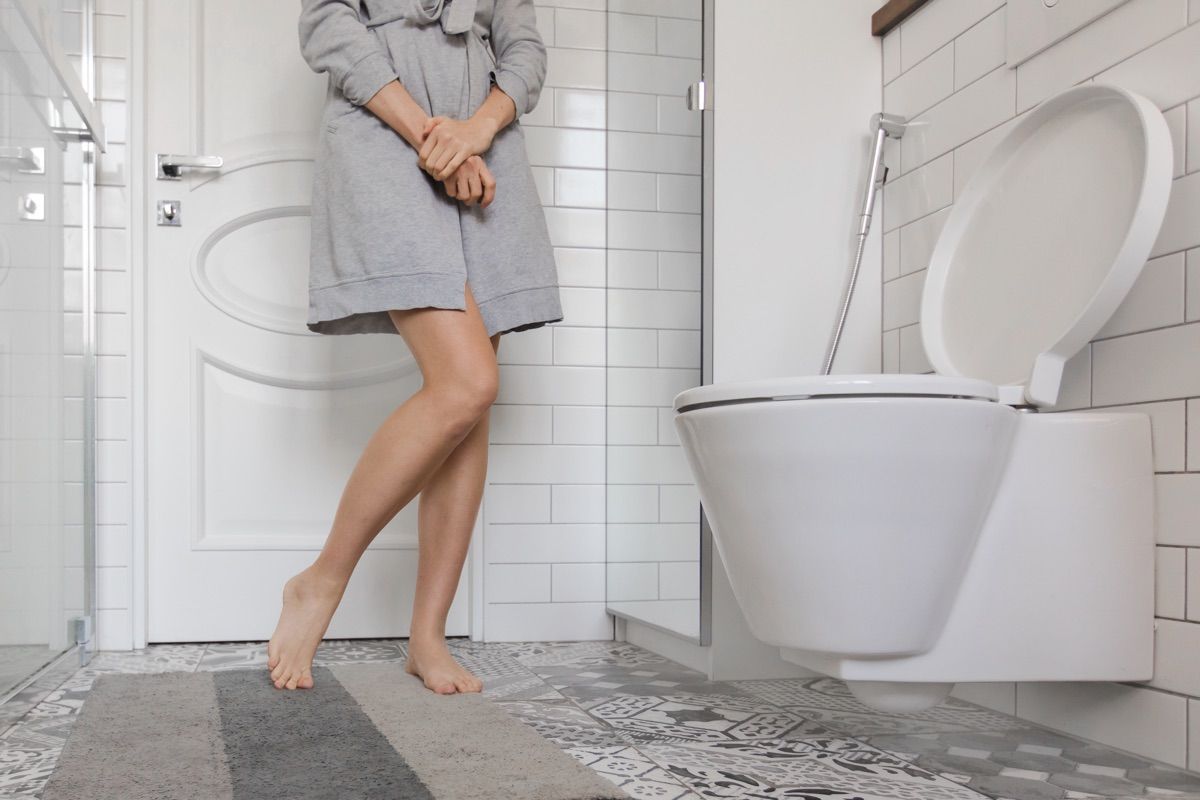
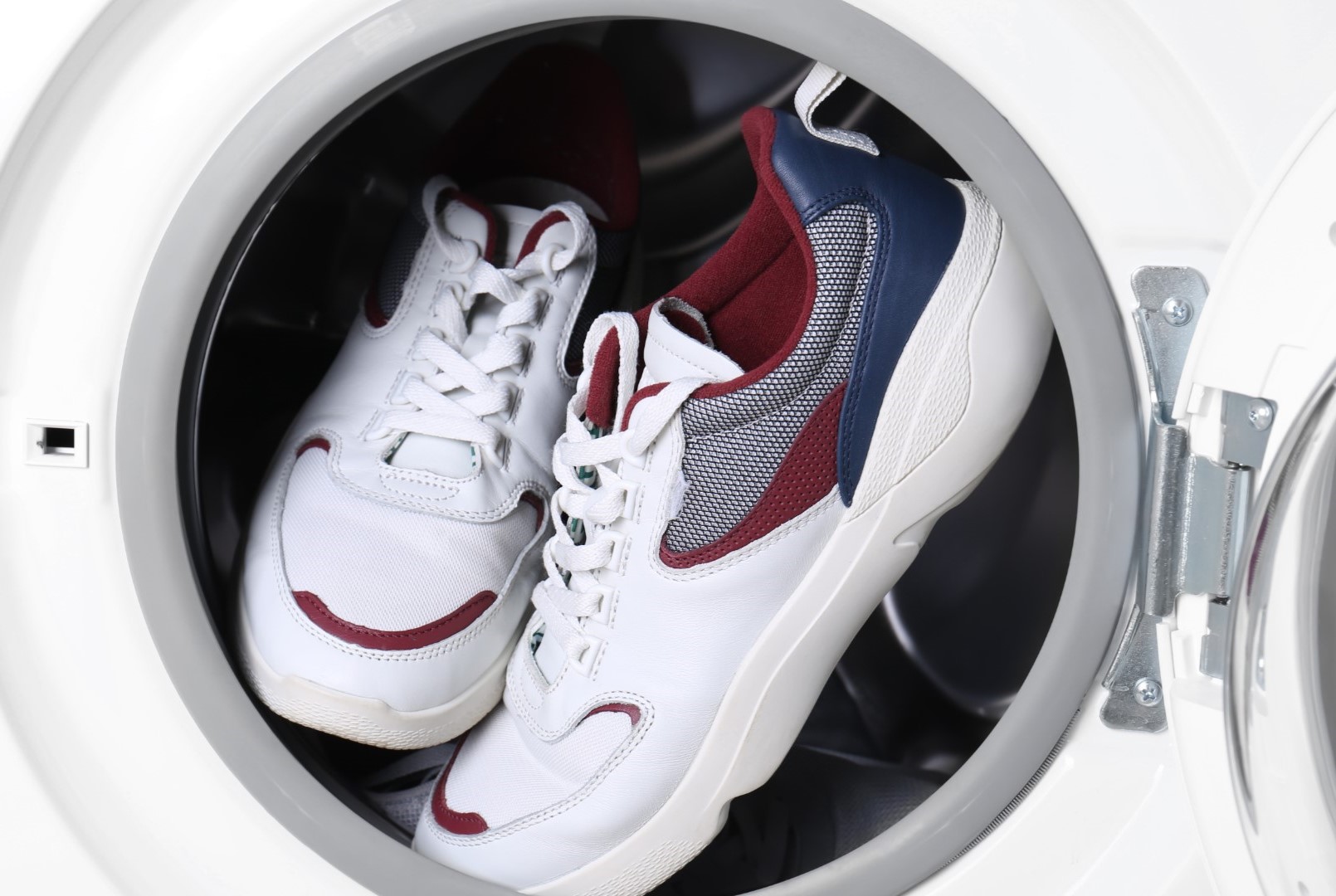
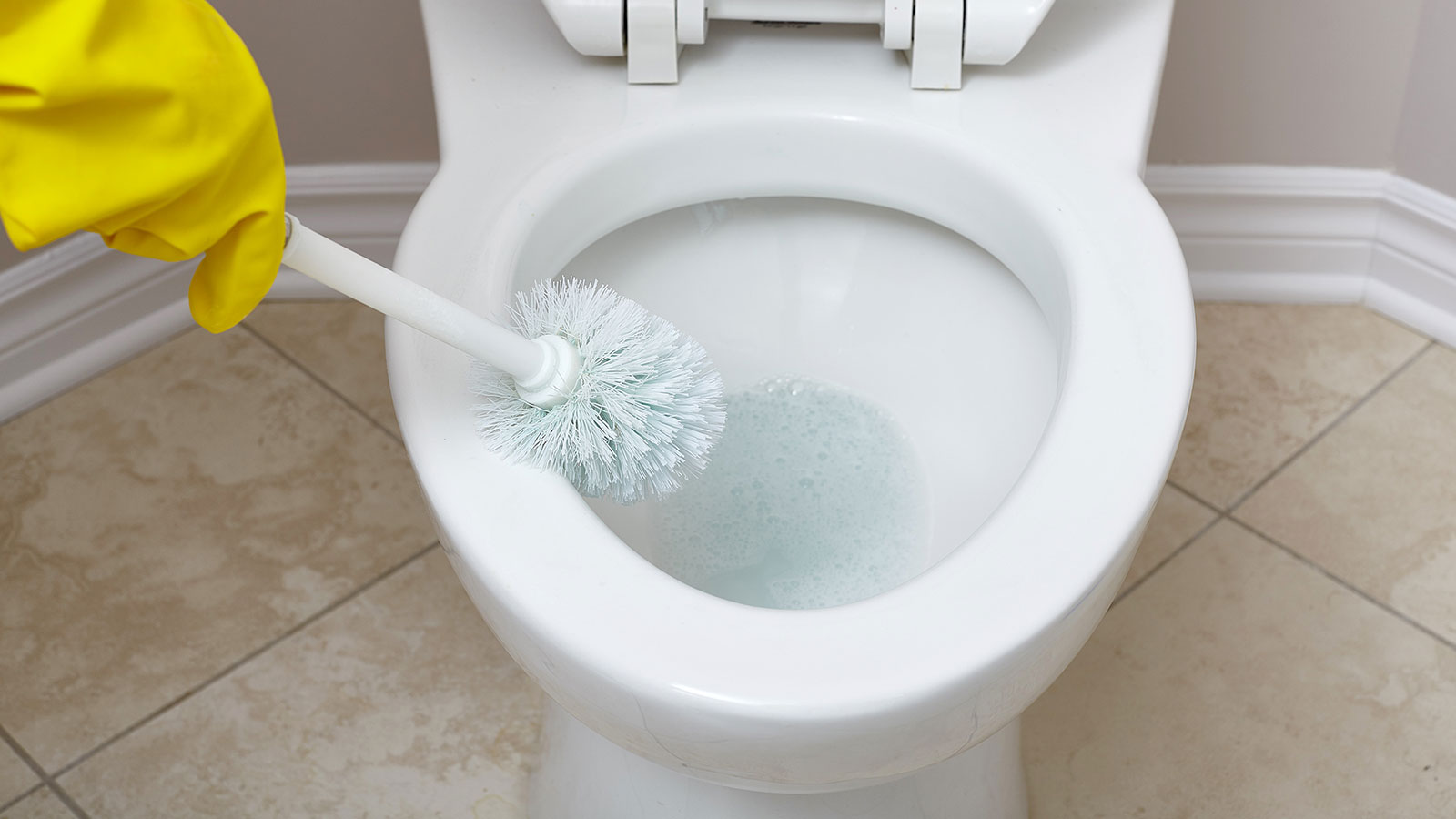
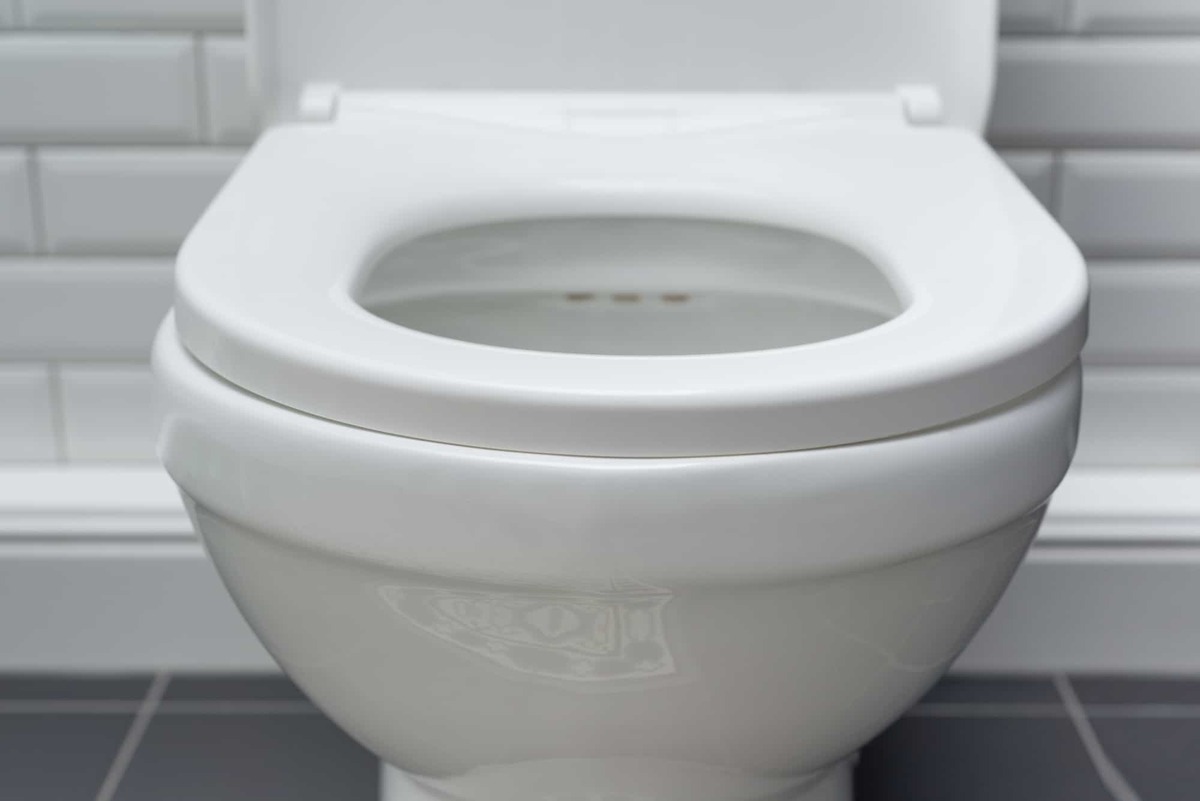
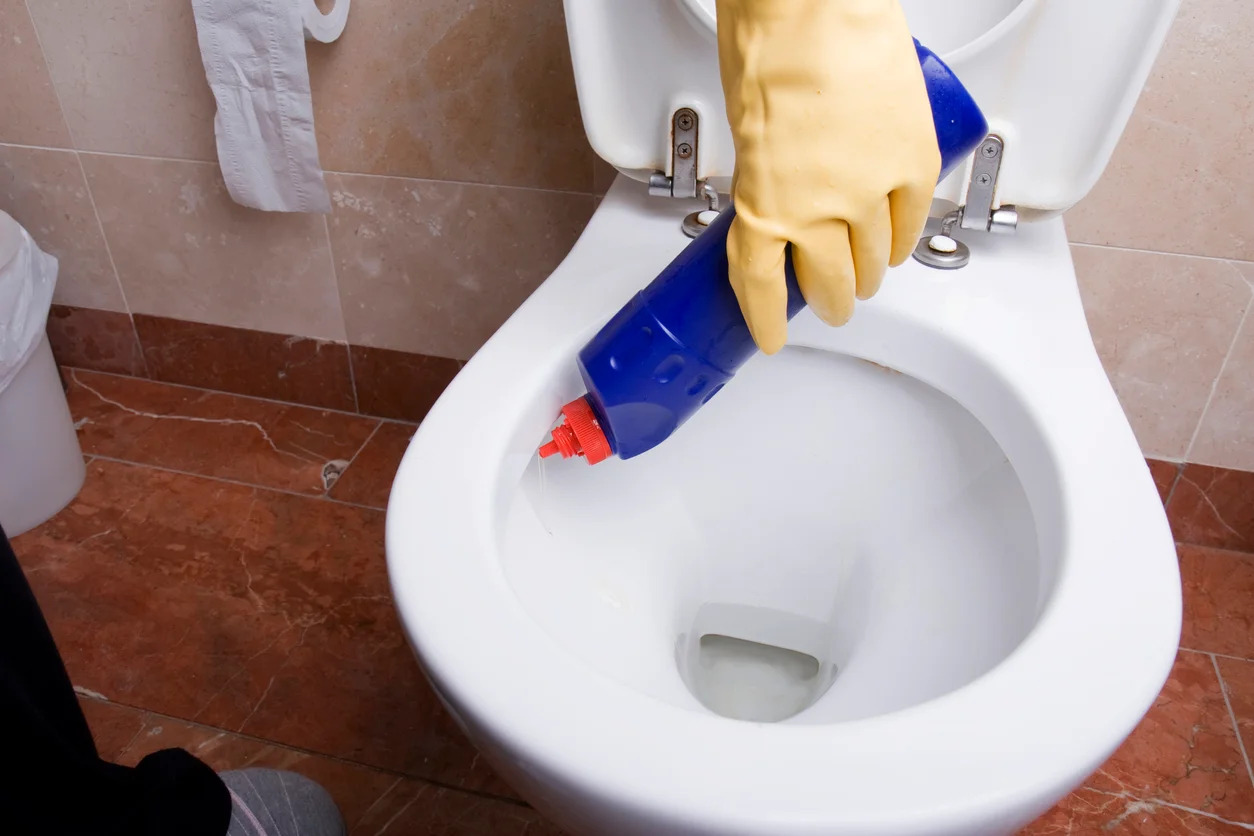
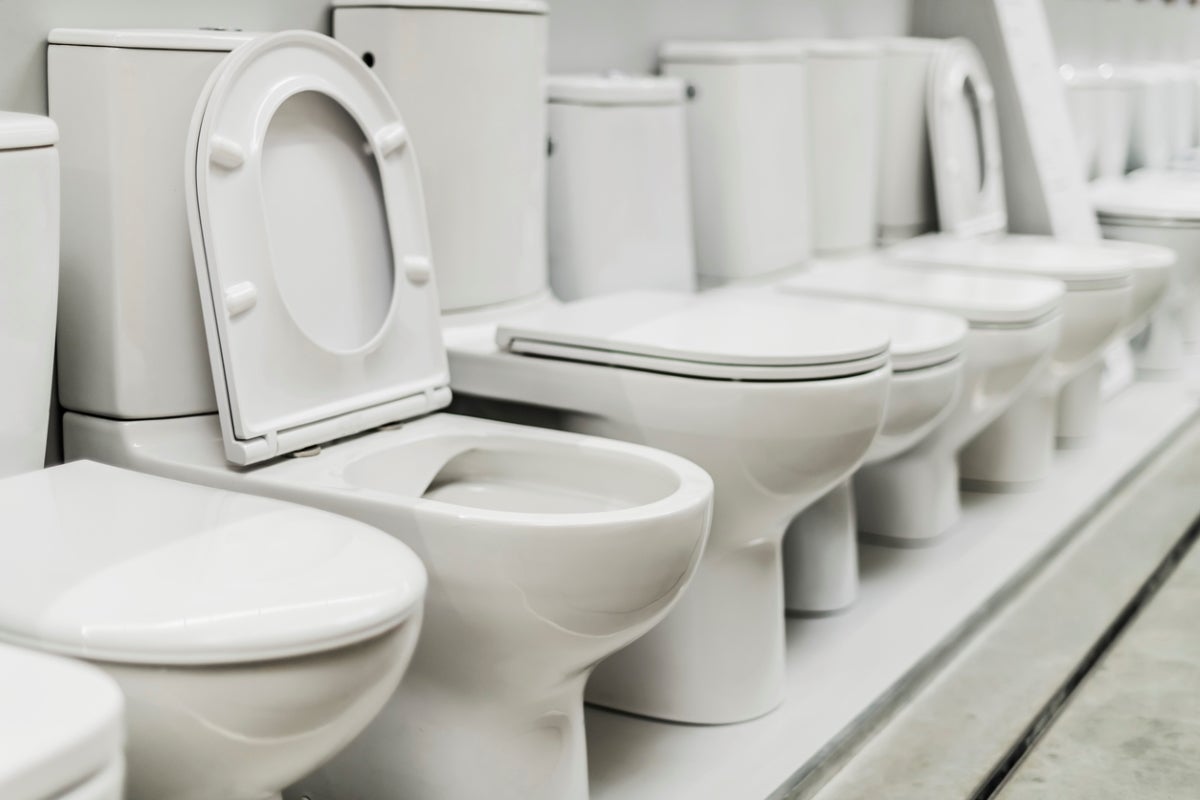

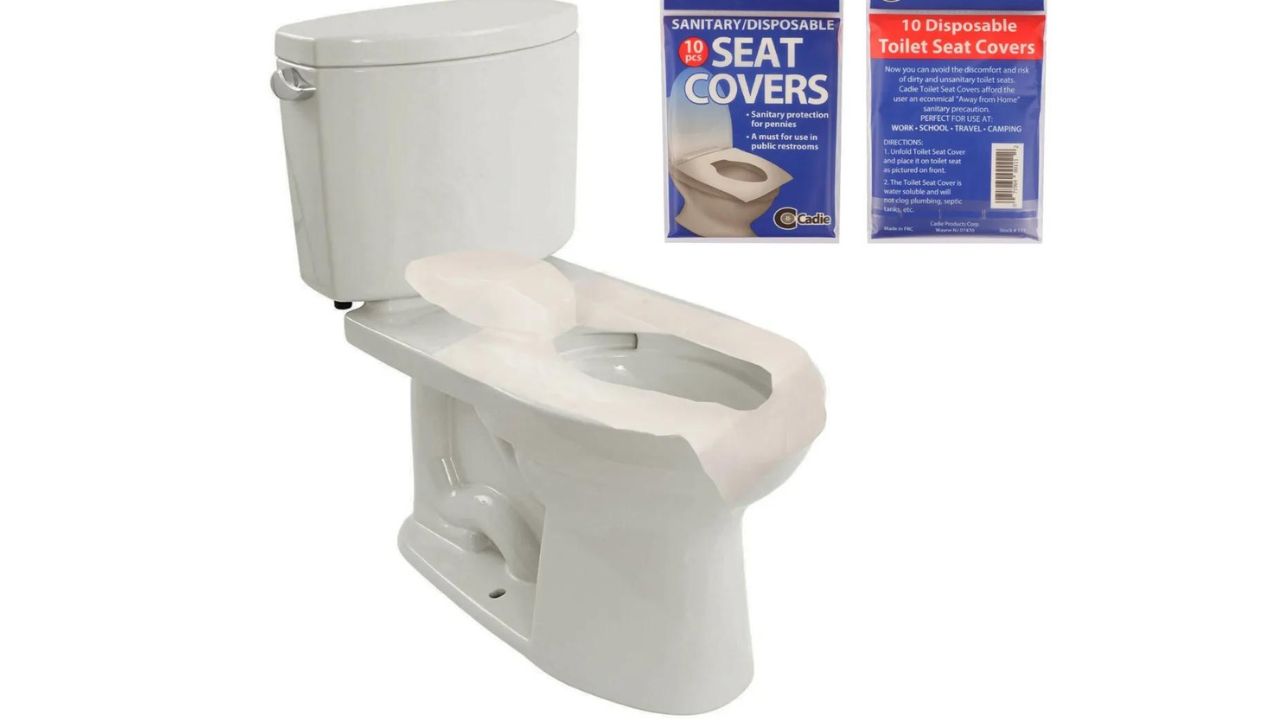
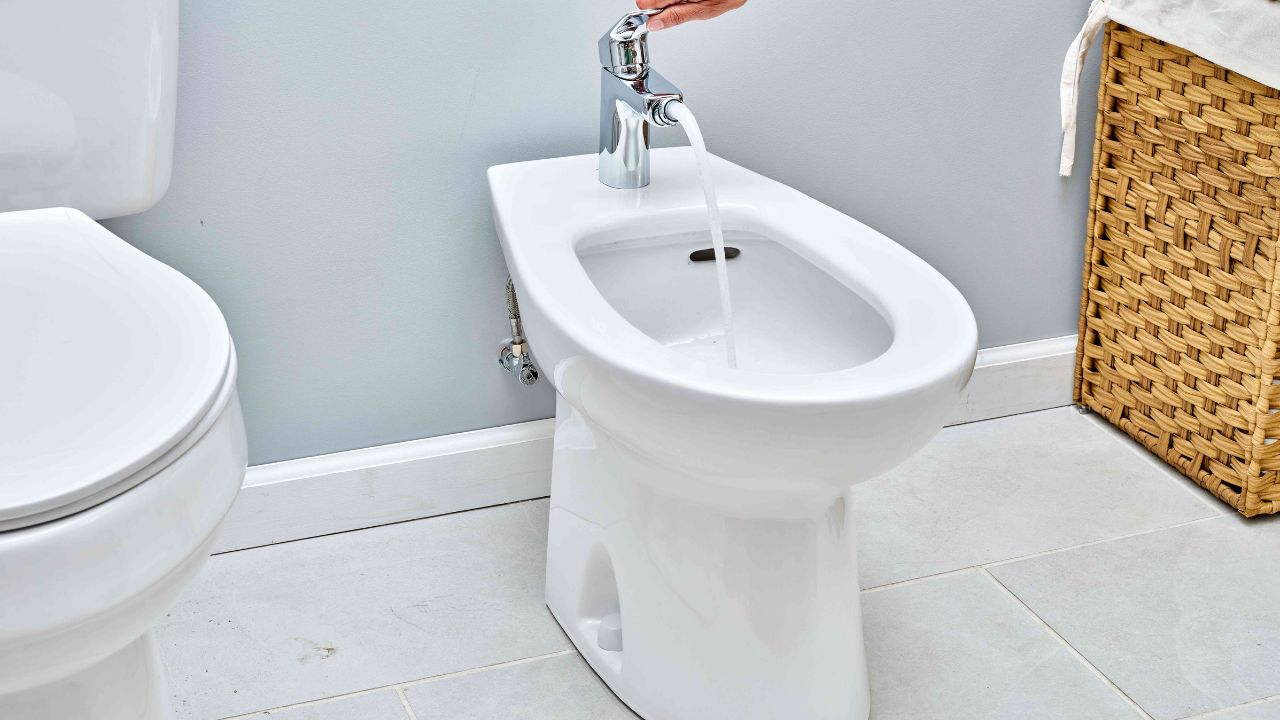
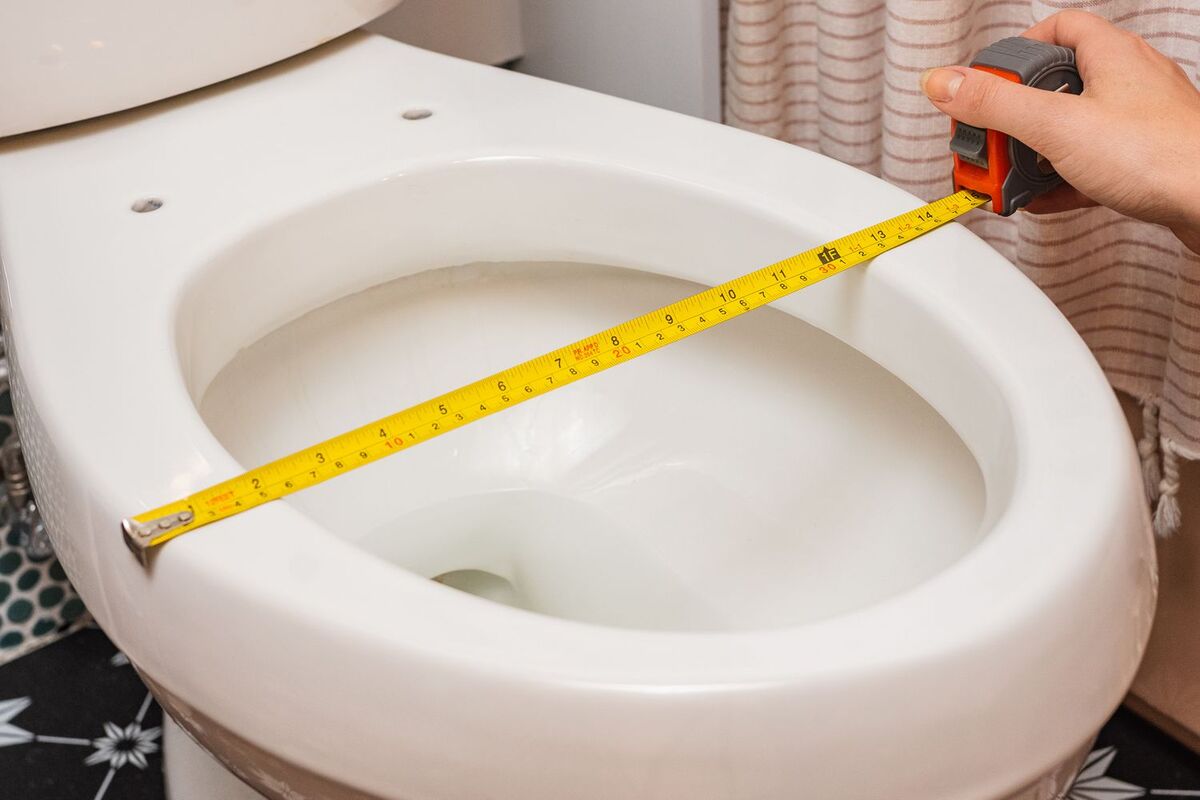
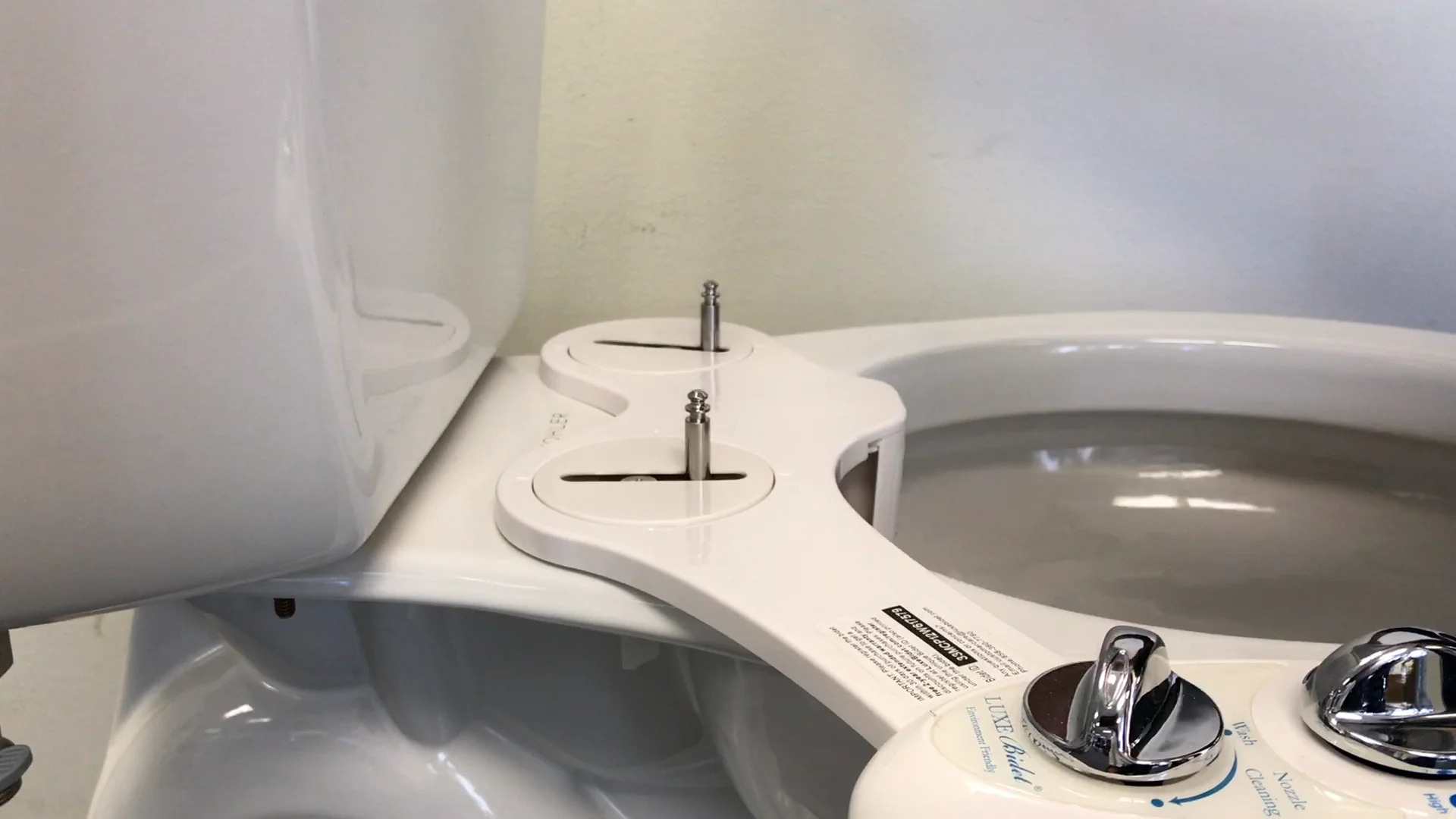
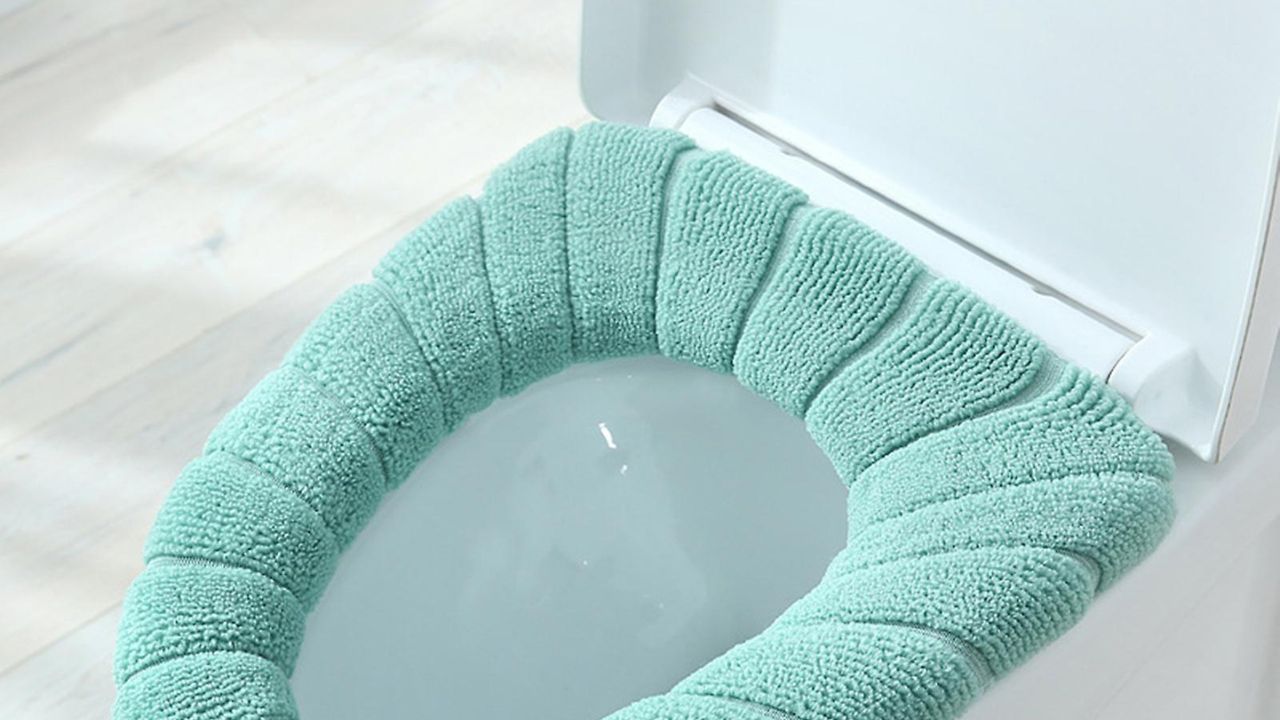

0 thoughts on “How To Get A Toilet Seat White Again”